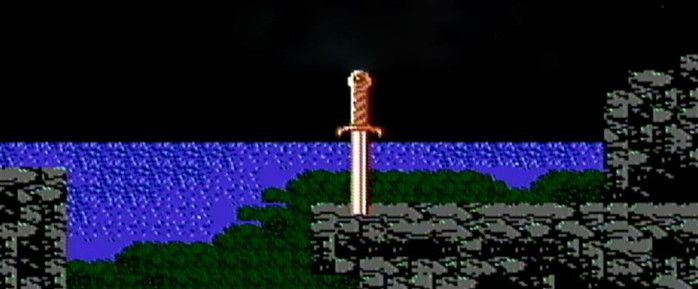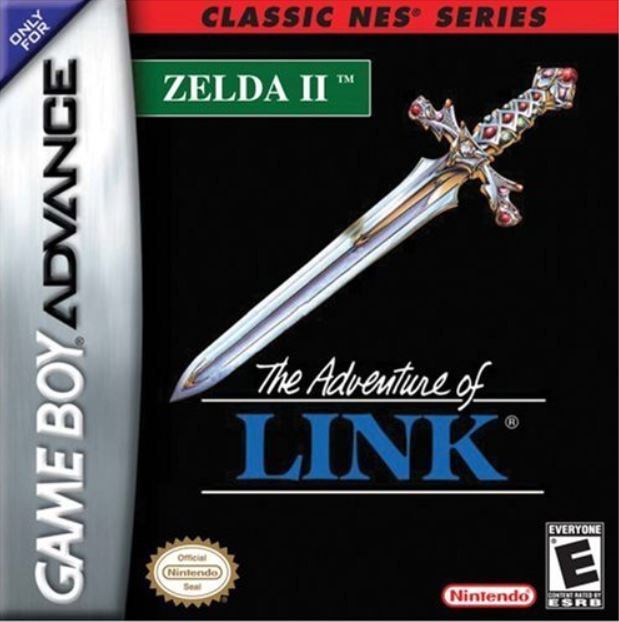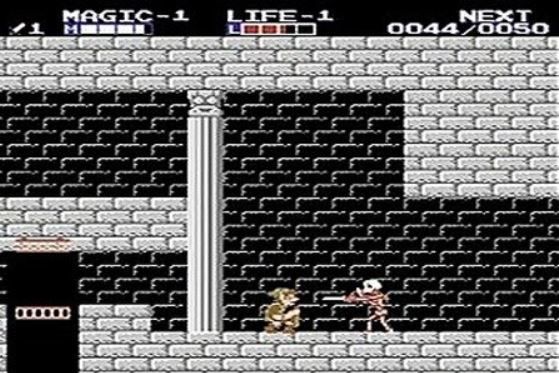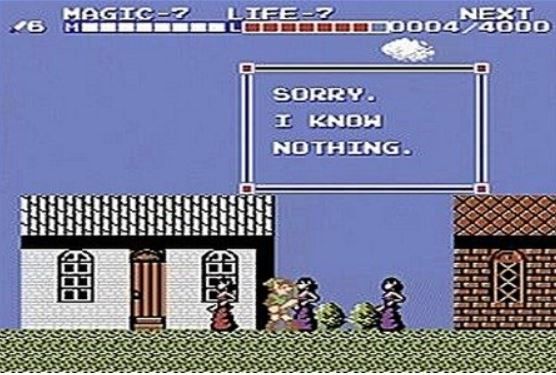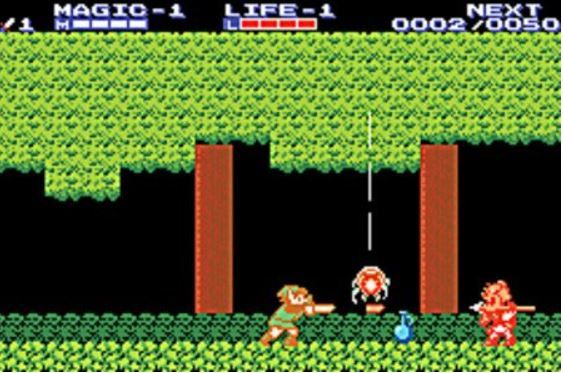Handheld gaming is more than a compromise of power and portability. Whether it’s the ability to play anywhere, multitask or hold an entire console in your hands, it’s a special experience consoles have never replicated. In a world where high resolutions and teraflops reign supreme, we take a look at a portable relic every month and reflect on what makes it memorable. Be warned, spoilers may occasionally populate these articles.
Nintendo's approach to preserving their legacy of games has drawn criticism from many. Ever since the days of the Virtual Console on Wii, gamers rejoiced at finally having a legit way to play classic games conveniently on modern hardware, and after the initial disappointment set in we witnessed how that was handled on the Wii U and Switch. Then there was the NES Classic, which sold out almost immediately and because of its extreme popularity production of new units was nonexistent. Early attempts at cashing in on the nostalgia dollar was the Classic NES Series for Game Boy Advance. This collection featured a limited selection of classic NES games with no real updates for the handheld system. Zelda II: The Adventure of Link was one featured title which is considered the black sheep of the Zelda franchise.
Zelda II is considered by many to be the worst Zelda game (not counting the Phillips CD-i Zelda games that we'd like to collectively pretend don't exist). There's a few reasons for this, but probably the biggest one is how much it changed the format from The Legend of Zelda. The Legend of Zelda is considered to be one of the best games on the NES, so naturally people wanted more of that for the sequel. Zelda II abandoned the exclusively-overhead gameplay in favor of side scrolling and platforming, which worked for other popular games like Super Mario Bros. and Metroid, but it was strange how Zelda II did it, in part due to other gameplay changes.
One of the popular online debates in RPG forums is regarding whether the Zelda franchise fits under the RPG umbrella. I have no definitive answer for that debate today, but Zelda II did add RPG elements. They kept the overworld, but Link is unable to do anything in the overhead perspective except walk. When he steps off the safety of the road monsters appear, and if he touches them it switches to the side scrolling action sequence which in practice is a similar approach to the random encounters in Dragon Warrior even if the gameplay is different. Link gains points by defeating enemies that raise his health, magic and sword strength so there's an experience point-based level system.
When Zelda was originally released in 1988, it was met with critical acclaim and commercial success, but received greater criticism in 2004 when it was ported to GBA. Zelda II expanded greatly on the world building from its predecessor as Link can now go to actual villages and talk to NPCs whereas before all other Hylian citizens seemed to live in caves or under bushes. The open-world game does suffer similar pitfalls as Castlevania II: Simon's Quest where the player is given the freedom to explore the world as they see fit but unclear guidance doesn't point the character in the right direction, but unlike the Transylvanian adventure, it's much easier to figure out Zelda II without resorting to a guide. Earned experience points don't carry over when the player exits the game, so even though there isn't much of a need to grind, it's smart to reach the level up before taking a break.
Set a year after the original Legend of Zelda, Link finds a magic mark on his hand. He goes to meet with Impa, who shows Link the secret of Hyrule: Princess Zelda has been asleep thanks to a magic spell for generations and it's up to Link to get the third Triforce, this one being the Triforce of Courage, to wake her from her spell. This task is complicated enough on its own, but the minions of Ganon haven't forgotten that Link stormed their castle on Death Mountain and killed their master with a silver arrow. Hungry for vengeance, they hunt Link to sprinkle his blood on Ganon's ashes which will somehow resurrect him.
Link begins with six crystals that must be placed in statues in six different palaces. His adventure consists of not only finding the palaces but also obtaining the necessary means to get to them. This could require a spell to jump up a high cliff, a raft to cross an ocean or maybe a flute to get rid of some stationary monster. The best bet is to go to a nearby town and talk to the NPCs. Most of them are useless but some can teach Link a magic spell if he goes off and retrieves and item or child for them. By gathering different spells and items Link gains access to new areas of Hyrule where he can put the crystals in the statues, which result in turning the temple into a giant inaccessible rock after he collects the item and deposits the crystal.
Zelda II may seem like a simple attempt at an action RPG, but it was advanced for its time, and playing it on GBA does conjure up the memories of playing it on the NES when I was extremely young and the world of Hyrule seemed like such a magical place. The use of magic spells and a jumping upward and downward slash added more depth and strategy to combat, as did the need to use ducking for offensive and defensive purposes against Darknuts and Stalfos. It was the one mainline attempt at making Zelda a side scroller, and most would agree that in the 2D era overhead works better for the series, Zelda II is still a great if experimental approach to a Zelda game. There were difficult boss fights, though the final showdown with Dark Link was rather anticlimactic if you knew the way to cheese him to death.
Zelda is one of those franchises that has about a million games in it and most people would say their favorite is either Ocarina of Time, Breath of the Wild or Link to the Past. I don't know if anyone would put Zelda II: The Adventure of Link at the top of their list, but it was an impressive game for its time, and while it may be simplistic by modern standards it still holds up. The Classic NES Series for GBA was a limited selection of games, but they did at least pick titles that were worth revisiting.
Get more Pocket Power. Click here to view every Pocket Power so far and prepare for a pocket-sized stroll down memory lane.

